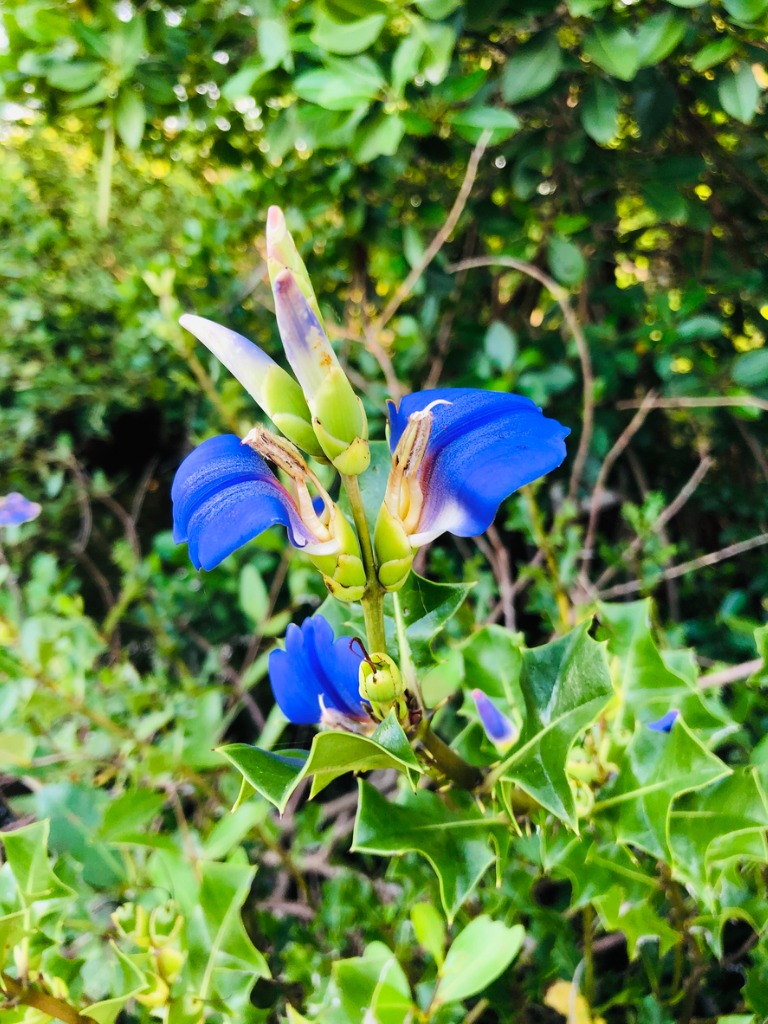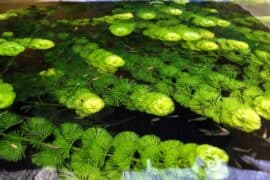Sea Holly
(Acanthus ebracteatus)

Description
Acanthus ebracteatus is a species of shrubby herb that grows in the undergrowth of mangroves of south-east Asia. Common names include sea holly and holly mangrove. It grows as an erect, spreading or scrambling shrubby herb, up to 1.5 metres tall, usually with a great many stems. Its leaves are dark green, stiff, with sharp spines at the end of each deep lobe: very much like those of holly (Ilex). Flowers are blue, purple or white, and occur in spikes terminal on the branches. The fruit is a square-shaped capsule, which explodes when ripe, projecting the seeds up to two metres from the plant. Seeds are off-white and flat. It occurs in the undergrowth of mangroves in south-east Asia, including northern Australia. Acanthus is a genus of about 30 species of flowering plants in the family Acanthaceae, native to tropical and warm temperate regions, with the highest species diversity in the Mediterranean Basin and Asia. This flowering plant is nectar producing and is susceptible to predation by butterflies, such as Anartia fatima, and other nectar feeding organisms. Common names include Acanthus and Bear's breeches. The generic name derives from the Greek term (akanthos) for Acanthus mollis, a plant that was commonly imitated in Corinthian capitals. The genus comprises herbaceous perennial plants, rarely subshrubs, with spiny leaves and flower spikes bearing white or purplish flowers. Size varies from 0.4 to 2 m (1.3 to 6.6 ft) in height. Acanthus leaves were the aesthetic basis for capitals in the Corinthian order of architecture; see acanthus (ornament). Several species, especially A. balcanicus, A. spinosus and A. mollis, are grown as ornamental plants. Acanthus leaves also have many medicinal uses. Acanthus ilicifolius, whose chemical composition has been heavily researched, is widely used in ethnopharmaceutical applications, including in Indian and Chinese traditional medicine. Various parts of Acanthus ilicifolius have been used to treat asthma, diabetes, leprosy, hepatitis, snake bites, and rheumatoid arthritis. The leaves of Acanthus ebracteatus, noted for their antioxidant properties, are used for making Thai herbal tea in Thailand and Indonesia.
Taxonomic tree:







